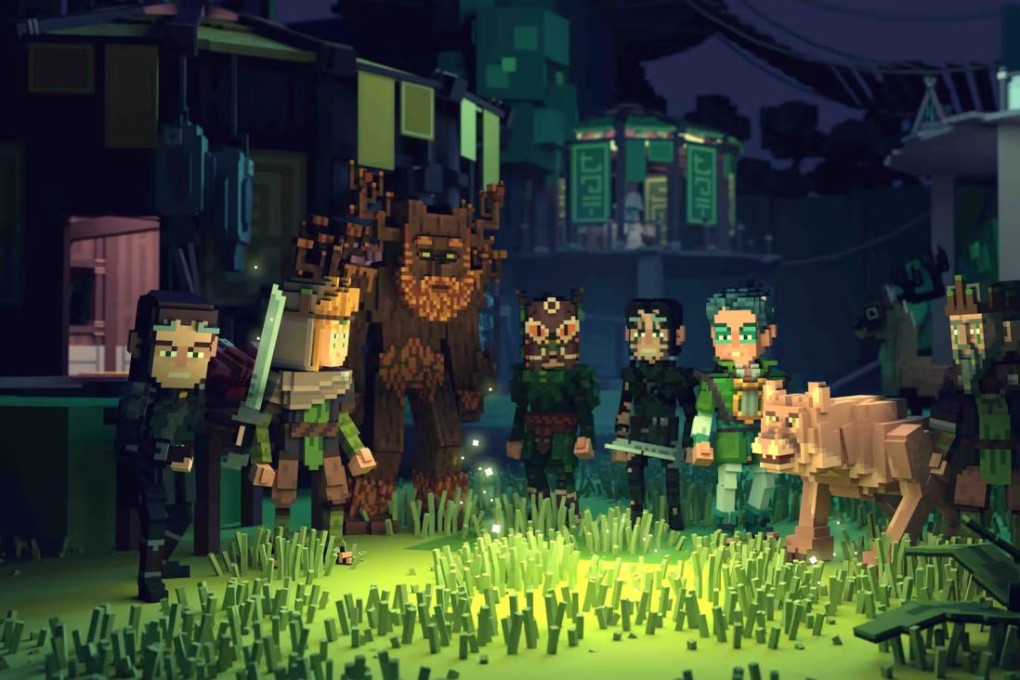Hong Kong NFT gamers among the world’s most enthusiastic, only behind Indian players: survey
- Hong Kong ranks second out of 26 countries and regions in the adoption of play-to-earn NFT games, a Finder survey found
- The city is only behind India in the adoption of NFT games, and it leads the United Arab Emirates and the Philippines

Hong Kong took second place out of 26 countries and regions in the adoption of non-fungible token (NFT) games, with more than one in four people in the city having played them, according to a survey published last week by Finder, a Sydney-headquartered research firm whose website lets people compare financial products.
Roughly 28.7 per cent of respondents in Hong Kong said they had played NFT-based “play-to-earn” games, while 55 per cent said they did not know what a “play-to-earn” game is, the survey found.

As these games became more popular along with the explosion of NFTs last year, critics argued that play-to-earn NFT games sacrifice well-designed gameplay for moneymaking mechanisms.
They also said these models are unsustainable because players are more motivated to cash out their winnings rather than spend money in the game. Others accused these games of exploiting players in developing countries, who play to make a living.
The adoption of NFT games in Hong Kong was only behind India, where 33.8 per cent of respondents had played them, according to the Finder survey. Hong Kong is followed by the United Arab Emirates and the Philippines, where 27.4 per cent and 25 per cent, respectively, had experience in play-to-earn NFT games.
In both Vietnam and Singapore, more than 20 per cent of survey participants had played NFT games. Adoption is relatively lower in developed countries, with 9.4 per cent in the US and 7.6 per cent in the UK saying they had played such games.